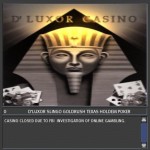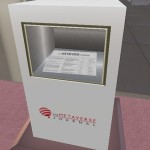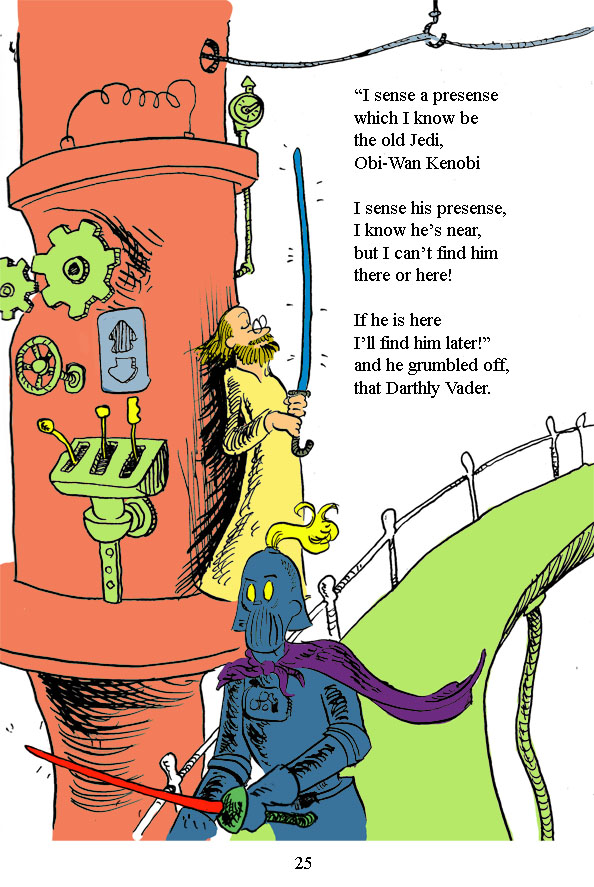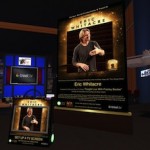If this does come to pass, it’ll obviously engender some debate. For me such a decision would be a further clarion call from the Lab on its absolute commercial focus now. The improved ability to segregate adult content makes gambling more viable from a legal compliance perspective, but there’ll still be no shortage of challenges. It still seems a little sad to me that new educators are now going to be paying full price for space whilst there’s potentially going to be growth in gambling presences. Seems a little too much like the physical world to me. What are your thoughts?
Update: Pete Gray, Linden Lab’s PR Manager, has dropped me a line on the issue:
In 2007, we enacted a ban on gambling in Second Life to ensure our platform remained in compliance with applicable US laws. Those laws remain in place, and we will of course continue to follow all applicable state and federal laws.






Recent Comments